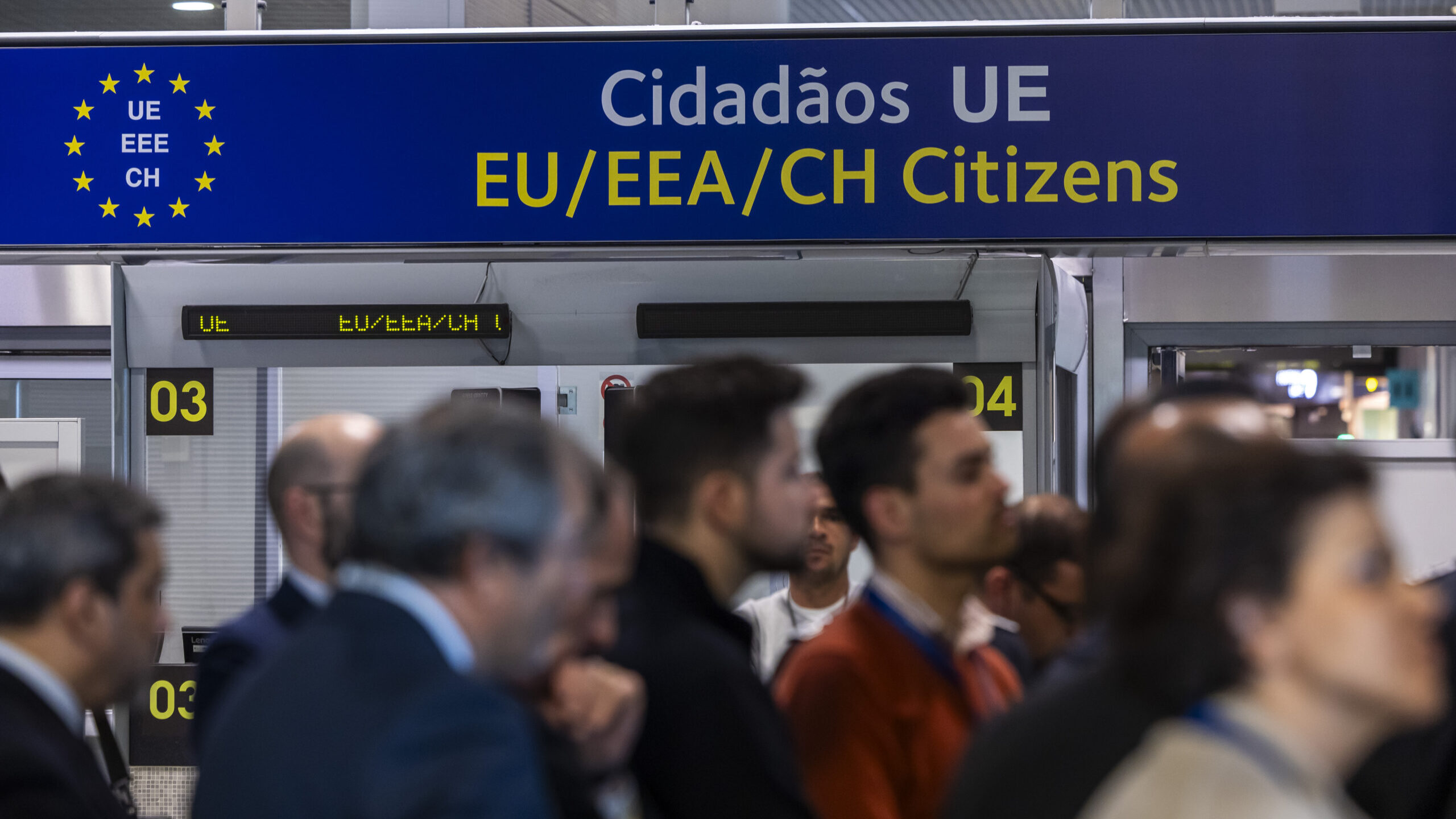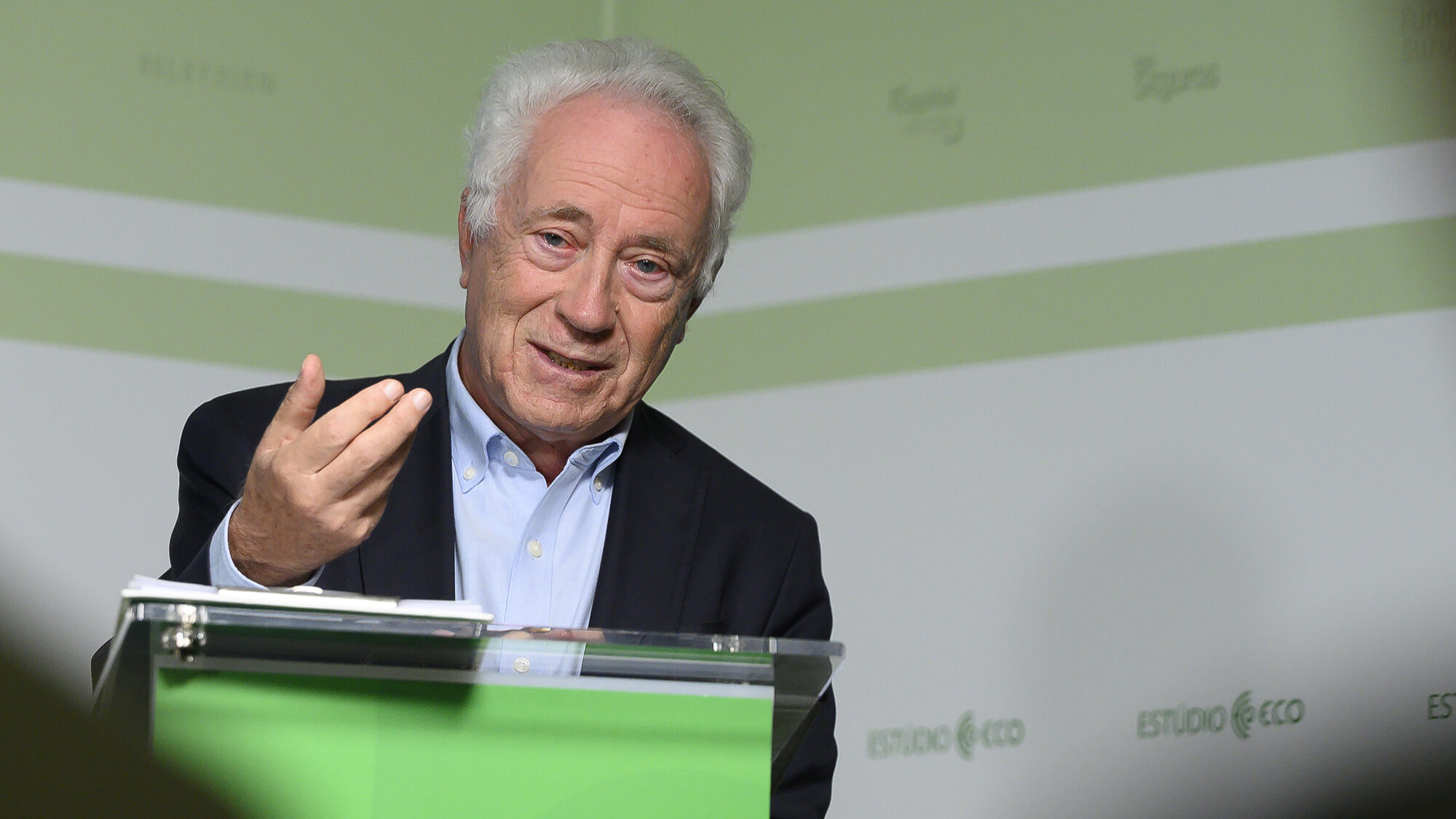Lisbon-Madrid in five hours on rail link to be completed by 2030
Portuguese and Spanish governments have signed an agreement with Brussels to improve rail links between the two capitals. A complete high-speed line will cut the journey time to three hours by 2030.
The governments of Portugal and Spain and the European Commission have agreed on a set of measures that will enable the rail link between Lisbon and Madrid to be completed by 2030, with a journey time of five hours, the Ministry of Infrastructure announced on Thursday.
Portugal and Spain have taken a decisive step towards bringing the Iberian capitals even closer together, with the definition of a set of concrete actions that will enable rail links between Lisbon and Madrid to be established by 2030, with a journey time of around five hours, and with a high-speed connection — around 3 hours — by 2034”, said the ministry led by Miguel Pinto Luz in a statement.
Specifically, the “Iberian strategy” has the following goals for 2030: a direct connection between the two capitals, completion of work on the new high-speed line between Évora and Caia by 2025 and entry into operation in 2026, entry into operation of the Plasencia-Talayuela (Cáceres) section by 2028, the start of construction of the second track between Poceirão (Palmela) and Bombel (Vendas Novas) in 2026, with completion by 2029 and operation in 2030, and the completion of studies for the new Lisbon-Évora line, including the Third Crossing over the Tagus River by 2027.
By 2034, there are plans to move forward with a high-speed link between Lisbon and Madrid, with a journey time of around three hours, as well as the construction of the new Lisbon-Évora high-speed line, including the Third Crossing over the Tagus River and the duplication of the Évora-Caia line, “if the need arises,” the Government explained.
By that date, the implementation of the European Rail Traffic Management System (ERTMS) is also planned on several sections between Lisbon and Madrid, as well as the preparation of studies and possible construction of the new high-speed section between Caia and Badajoz and the Elvas-Badajoz International Railway Station, on the border between the two countries.
This project is part of the European strategy for sustainable mobility and cross-border rail interconnection, “involving structural investments in infrastructure, technological modernisation and rail interoperability”, emphasised the Ministry of Infrastructure.
“The development of the high-speed rail network is essential to promote more sustainable, efficient and environmentally responsible mobility, especially for shorter international journeys”, representing an alternative for passengers on more than 40 daily flights between the two Iberian capitals.




